Home>Furniture & Design>Interior Design Trends>When Was Glass Invented
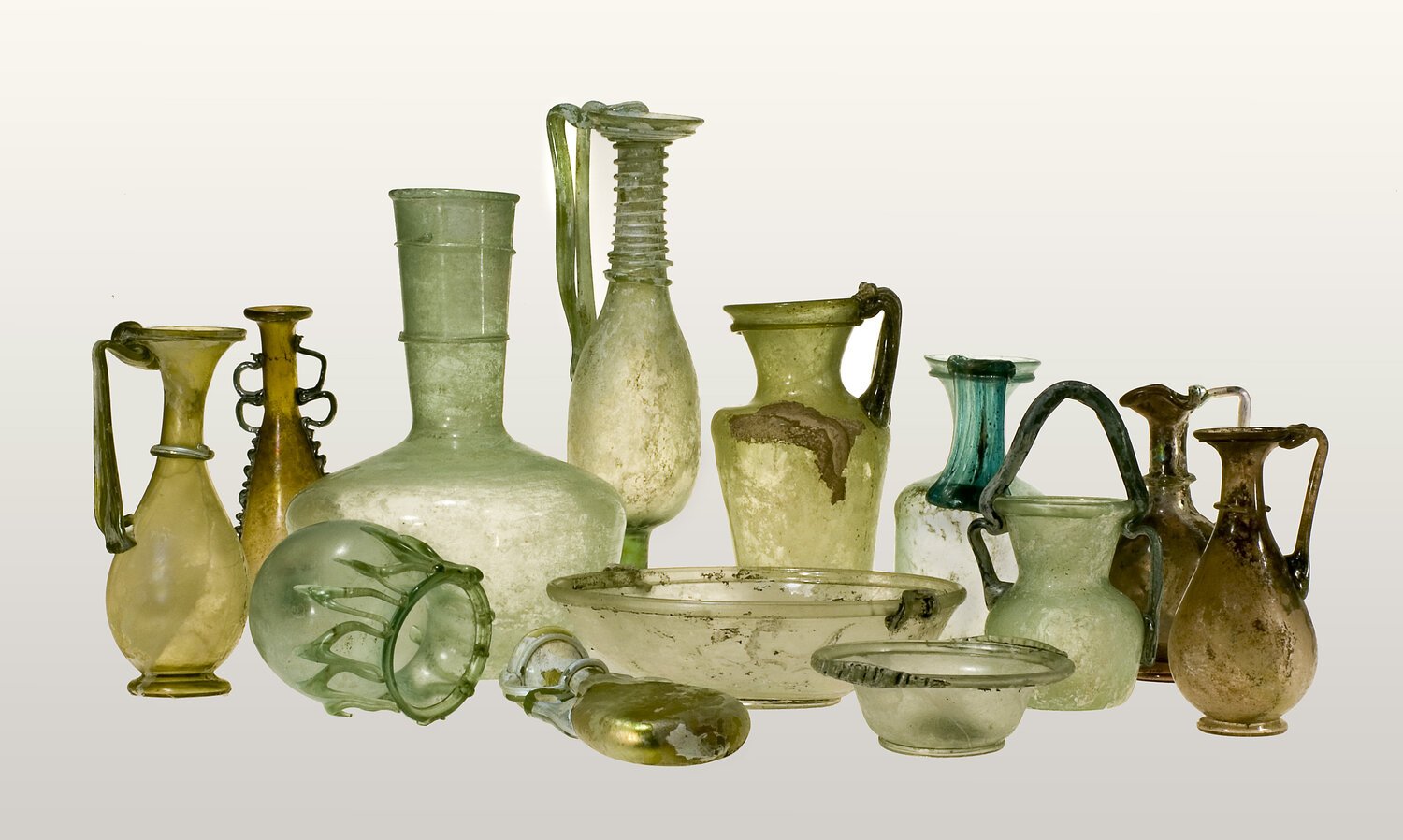

Interior Design Trends
When Was Glass Invented
Modified: February 18, 2024
Discover the history of glass and its impact on interior design trends. Learn about the evolution of glass and its influence on modern interiors.
(Many of the links in this article redirect to a specific reviewed product. Your purchase of these products through affiliate links helps to generate commission for Storables.com, at no extra cost. Learn more)
Introduction
Glass is a material that surrounds us in our daily lives, from the windows in our homes to the screens of our smartphones. Its transparent and versatile nature has made it an indispensable part of modern society. However, the history of glass stretches back thousands of years, revealing a fascinating journey of innovation and craftsmanship.
The invention of glass revolutionized human civilization, providing a means to contain and protect valuable items, illuminate spaces, and adorn the world with exquisite artistry. The story of glass is one of ingenuity and creativity, as ancient artisans discovered the secrets of transforming raw materials into a substance that would shape the course of human history.
As we delve into the early history of glass, we will uncover the remarkable ingenuity of ancient civilizations and their pioneering efforts to manipulate nature's elements to create this remarkable material. From the sands of ancient deserts to the furnaces of skilled artisans, the journey of glass is a testament to human curiosity and determination.
Throughout this article, we will explore the ancient glassmaking techniques that laid the foundation for modern innovations. We will also examine the spread of glassmaking technology across different cultures and regions, shedding light on the global impact of this remarkable material.
Furthermore, we will delve into the modern advancements in glassmaking, showcasing the cutting-edge technologies and techniques that continue to push the boundaries of what is possible with this extraordinary material. From architectural marvels to scientific breakthroughs, glass continues to captivate and inspire us with its endless potential.
Join us on this captivating journey through the history and evolution of glass, as we unravel the mysteries and marvels of this timeless substance.
Key Takeaways:
- Glass has a rich history dating back to ancient civilizations like Mesopotamia and Egypt, where artisans crafted it into beads, vessels, and decorative objects, showcasing early experimentation and creativity.
- The spread of glassmaking technology across ancient civilizations, facilitated by trade networks and cultural exchange, enriched the world with the timeless allure of glass, shaping the course of human history.
Read more: When Were Wine Glasses Invented?
Early History of Glass
The early history of glass is shrouded in the mists of time, with evidence of its existence dating back to ancient civilizations such as Mesopotamia, Egypt, and Phoenicia. The exact origins of glassmaking remain a subject of debate among historians, but it is widely believed that the discovery of glass occurred around 3500 BCE in Mesopotamia.
One of the earliest forms of glass found in archaeological excavations is known as "faience," a type of glassy material crafted by the ancient Egyptians. This early form of glass was used to create beads, amulets, and small vessels, showcasing the ancient artisans' early experimentation with this enigmatic substance.
The ancient Mesopotamians also played a pivotal role in the early history of glass, as evidenced by the discovery of glass beads and other artifacts in the region. These early manifestations of glass hinted at the potential for this material to transcend its utilitarian purposes and evolve into a medium for artistic expression and technological innovation.
The Phoenicians, renowned for their seafaring prowess and trade networks, further contributed to the spread of glassmaking techniques across the ancient world. Their voyages facilitated the exchange of knowledge and materials, leading to the proliferation of glass artifacts in various regions.
The techniques for crafting glass were closely guarded secrets, passed down through generations of skilled artisans who honed their craft in the fires of ancient furnaces. The process of transforming raw materials such as silica, soda ash, and lime into molten glass required a deep understanding of alchemy and metallurgy, reflecting the mystical allure of this enigmatic material.
As the ancient civilizations expanded their knowledge of glassmaking, the applications of glass diversified, encompassing vessels for storing precious oils and perfumes, decorative objects, and jewelry. The translucent beauty of glass captivated the imaginations of artisans and patrons alike, paving the way for its integration into various aspects of daily life.
The early history of glass serves as a testament to human ingenuity and the relentless pursuit of innovation. The ancient artisans who unlocked the secrets of glassmaking laid the foundation for a material that would shape the course of human civilization, transcending time and culture to become an enduring symbol of creativity and craftsmanship.
Ancient Glassmaking Techniques
Ancient glassmaking techniques encompassed a blend of artistry, alchemy, and technical precision, as skilled artisans transformed raw materials into exquisite glass objects. The process of crafting glass in ancient times was a closely guarded secret, passed down through generations and refined through experimentation and innovation.
The primary raw materials used in ancient glassmaking included silica, soda ash, and lime, which were sourced from natural deposits such as sand, plant ashes, and limestone. These ingredients were meticulously measured and combined to create a batch mixture, which was then heated in furnaces to temperatures exceeding 1,000 degrees Celsius. This intense heat caused the raw materials to fuse and transform into molten glass, a mesmerizing substance with boundless potential.
One of the most remarkable ancient glassmaking techniques was the method of core forming, which involved shaping molten glass around a removable core made of clay or dung. This technique allowed artisans to create intricate vessels and decorative objects with remarkable precision. Once the desired shape was achieved, the core was removed, leaving behind a hollow glass object ready for further embellishment.
Another notable technique was glassblowing, a revolutionary innovation that emerged around the 1st century BCE in the Roman Empire. This groundbreaking method enabled artisans to create a wide array of glass vessels with unprecedented speed and intricacy. By blowing air through a hollow tube into molten glass, craftsmen could shape and manipulate the material with remarkable dexterity, giving rise to a new era of glass production.
The art of glass cutting and engraving also flourished in ancient times, as skilled artisans adorned glass objects with intricate designs and motifs. Using copper and bronze tools, these craftsmen meticulously etched patterns into the surface of the glass, creating stunning works of art that showcased the mastery of their techniques.
The ancient glassmaking techniques exemplified the ingenuity and creativity of early civilizations, laying the groundwork for the evolution of glass as a medium of artistic expression and technological innovation. These time-honored methods continue to inspire contemporary glass artists and craftsmen, serving as a testament to the enduring legacy of ancient glassmaking traditions.
Glass was first invented by the ancient Mesopotamians around 3500 BCE. They discovered that heating sand and other natural materials created a hard, transparent material that could be shaped into various objects.
Spread of Glassmaking Technology
The spread of glassmaking technology across ancient civilizations marked a pivotal chapter in the global dissemination of knowledge and innovation. As the ancient world witnessed the rise of empires and the flourishing of trade routes, the secrets of glassmaking traversed vast distances, transcending cultural boundaries and enriching diverse societies with the transformative power of this enigmatic material.
The Phoenicians, renowned for their maritime expertise and expansive trade networks, played a central role in the dissemination of glassmaking technology. Venturing across the Mediterranean and beyond, Phoenician traders carried precious cargoes of glass artifacts, raw materials, and the coveted knowledge of glassmaking techniques. Through their interactions with various cultures, the Phoenicians facilitated the exchange of ideas and expertise, sowing the seeds for the global proliferation of glassmaking.
The Hellenistic period, characterized by the cultural diffusion and synthesis of knowledge, witnessed the integration of glassmaking techniques into the artistic and technological practices of the ancient world. The conquests of Alexander the Great and the subsequent spread of Greek influence led to the transmission of glassmaking knowledge to regions such as Egypt, Persia, and India. This cultural interconnectedness fostered a rich tapestry of artistic expression and technological innovation, as diverse civilizations embraced and adapted the art of glassmaking to suit their unique aesthetic sensibilities and practical needs.
The Roman Empire, renowned for its engineering prowess and architectural grandeur, further propelled the spread of glassmaking technology through its vast territories. Roman artisans and craftsmen honed the art of glass production, creating an array of utilitarian and decorative objects that adorned villas, bathhouses, and public spaces. The widespread use of glass in Roman society not only elevated the material to new heights of prominence but also facilitated the transmission of glassmaking techniques to distant corners of the empire.
The Silk Road, a network of ancient trade routes that connected the East and West, served as a conduit for the exchange of goods, ideas, and technologies, including the art of glassmaking. The transmission of glassmaking knowledge along the Silk Road facilitated cultural exchange between the Roman, Persian, Chinese, and Indian civilizations, fostering a cross-pollination of artistic styles and technical expertise.
The spread of glassmaking technology across ancient civilizations stands as a testament to the enduring legacy of human ingenuity and the power of cultural exchange. The diffusion of knowledge and innovation transcended geopolitical boundaries, enriching the world with the timeless allure of glass and shaping the course of human history.
Modern Innovations in Glassmaking
The evolution of glassmaking has witnessed a remarkable convergence of tradition and technology, giving rise to a new era of innovation and creativity. In the modern age, advancements in materials science, engineering, and design have propelled glassmaking to unprecedented heights, expanding the boundaries of what is achievable with this extraordinary material.
One of the most groundbreaking innovations in modern glassmaking is the development of strengthened and shatter-resistant glass. Through processes such as tempering and lamination, glass can now exhibit enhanced durability and safety properties, making it suitable for a wide range of applications. From architectural facades to automotive windshields, strengthened glass has redefined the standards of safety and performance, offering unparalleled protection without compromising transparency or aesthetics.
The integration of smart technologies into glass has revolutionized the way we interact with our built environment. Smart glass, equipped with embedded sensors and electrochromic coatings, can dynamically adjust its transparency in response to external conditions, offering unprecedented control over light, privacy, and energy efficiency. This transformative innovation has redefined the possibilities of architectural design, creating dynamic and responsive spaces that adapt to the needs of occupants and the environment.
Nanotechnology has also played a pivotal role in modern glassmaking, enabling the development of self-cleaning and anti-reflective glass coatings. By harnessing the power of nanoscale materials, glass surfaces can repel dirt and water, maintaining their clarity and cleanliness with minimal maintenance. Additionally, anti-reflective coatings have enhanced the optical properties of glass, reducing glare and improving visibility in various applications, from high-performance optics to consumer electronics.
The fusion of art and technology has given rise to a renaissance in glass artistry, as contemporary artists and designers explore new frontiers of expression and experimentation. From intricate glass sculptures to avant-garde installations, the boundaries of artistic possibility have expanded, showcasing the versatility and allure of this timeless medium. Modern glass artists continue to push the envelope of creativity, leveraging cutting-edge techniques and technologies to create captivating works that captivate and inspire audiences worldwide.
In the realm of scientific research, glass has emerged as a vital material for innovation and discovery. Advanced glass formulations have facilitated breakthroughs in fields such as optics, telecommunications, and biotechnology, enabling the development of high-performance lenses, fiber optics, and biocompatible materials. The unique properties of glass, including its transparency, durability, and chemical inertness, have positioned it as a cornerstone of modern scientific progress, driving innovation across a myriad of disciplines.
The modern innovations in glassmaking stand as a testament to the enduring legacy of human creativity and ingenuity. As we look to the future, the evolution of glass will continue to unfold, presenting new opportunities for exploration and innovation. From sustainable glass production methods to revolutionary applications in emerging technologies, the journey of glassmaking is poised to inspire and astonish us for generations to come.
Read more: When Were Glass Mirrors Invented
Conclusion
The history of glass is a tapestry woven with the threads of human ingenuity, cultural exchange, and technological innovation. From its enigmatic origins in ancient civilizations to its modern-day manifestations of artistry and scientific advancement, glass has transcended time and culture to become an enduring symbol of creativity and craftsmanship.
The early history of glass unveils the remarkable achievements of ancient artisans who unlocked the secrets of glassmaking, laying the foundation for a material that would shape the course of human civilization. The ancient glassmaking techniques, from core forming to glassblowing, exemplify the artistry and technical precision of early civilizations, showcasing the transformative power of this mesmerizing substance.
The spread of glassmaking technology across ancient civilizations stands as a testament to the enduring legacy of human ingenuity and the power of cultural exchange. The diffusion of knowledge and innovation transcended geopolitical boundaries, enriching the world with the timeless allure of glass and shaping the course of human history.
In the modern age, glassmaking has witnessed a remarkable convergence of tradition and technology, giving rise to a new era of innovation and creativity. From strengthened and shatter-resistant glass to smart technologies and nanotechnology-enabled coatings, glass has evolved to meet the demands of contemporary society, offering unparalleled possibilities for architectural, artistic, and scientific exploration.
As we reflect on the journey of glass, from its ancient origins to its modern innovations, we are reminded of the enduring allure of this timeless material. The evolution of glassmaking continues to inspire and astonish us, presenting new opportunities for exploration and innovation. From sustainable production methods to revolutionary applications in emerging technologies, the journey of glassmaking is poised to captivate and inspire us for generations to come.
In conclusion, the story of glass is a testament to the boundless potential of human creativity and the enduring legacy of cultural exchange. As we gaze through the looking glass of history, we are reminded of the transformative power of this remarkable material, which continues to shape our world and kindle the flames of imagination and discovery.
Frequently Asked Questions about When Was Glass Invented
Was this page helpful?
At Storables.com, we guarantee accurate and reliable information. Our content, validated by Expert Board Contributors, is crafted following stringent Editorial Policies. We're committed to providing you with well-researched, expert-backed insights for all your informational needs.

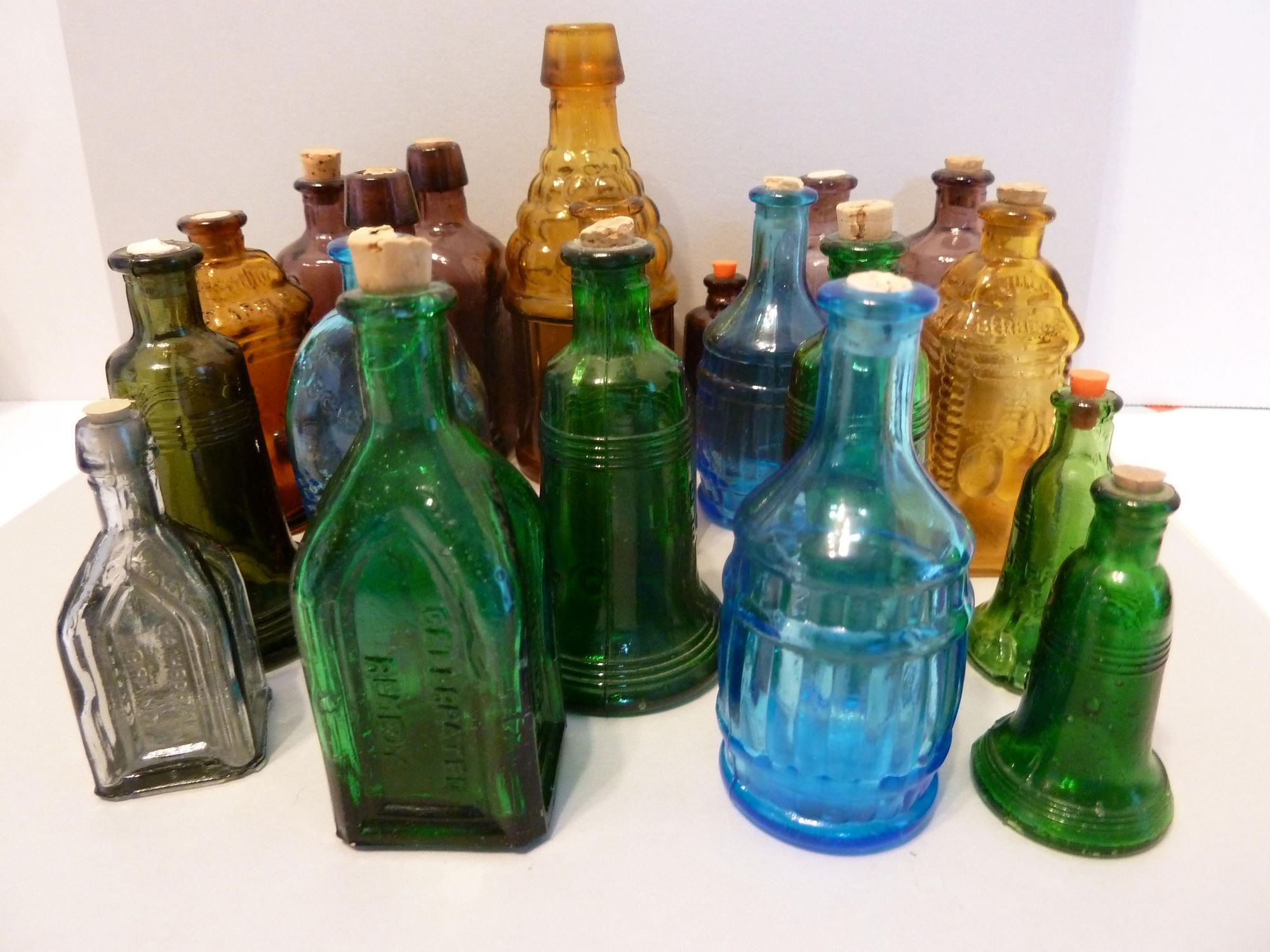
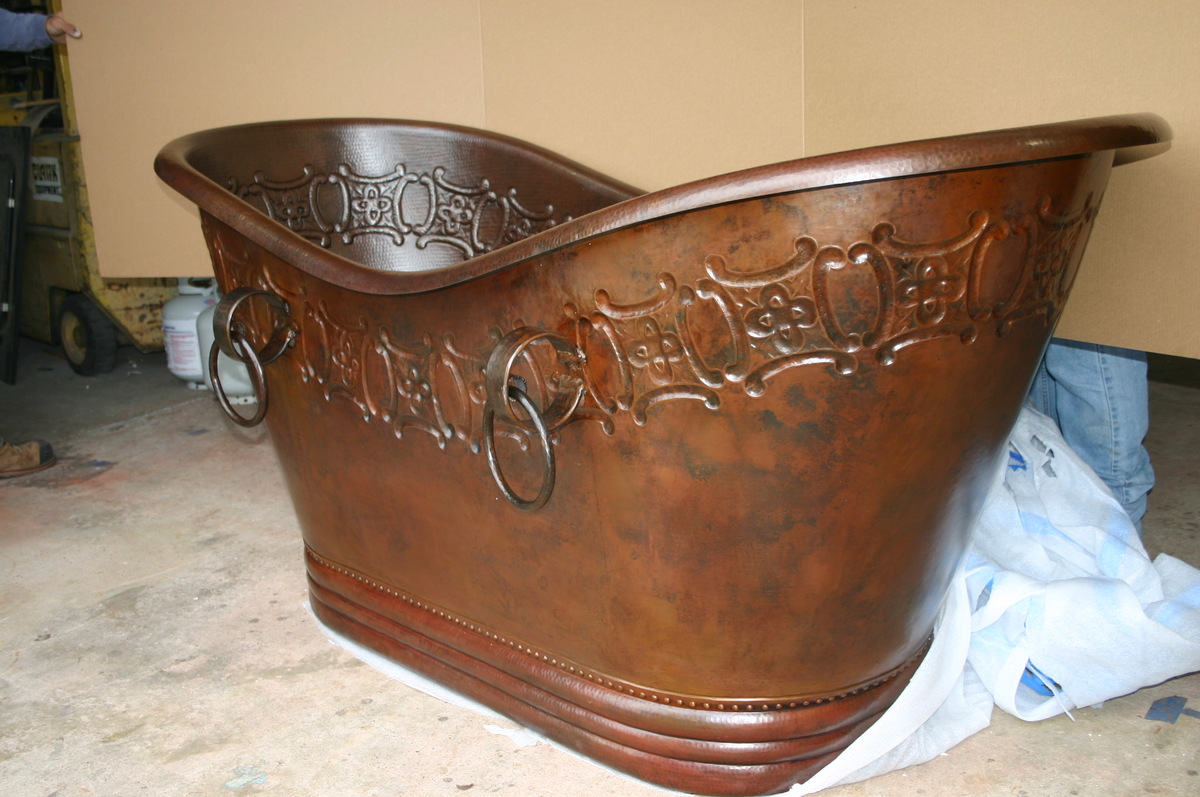
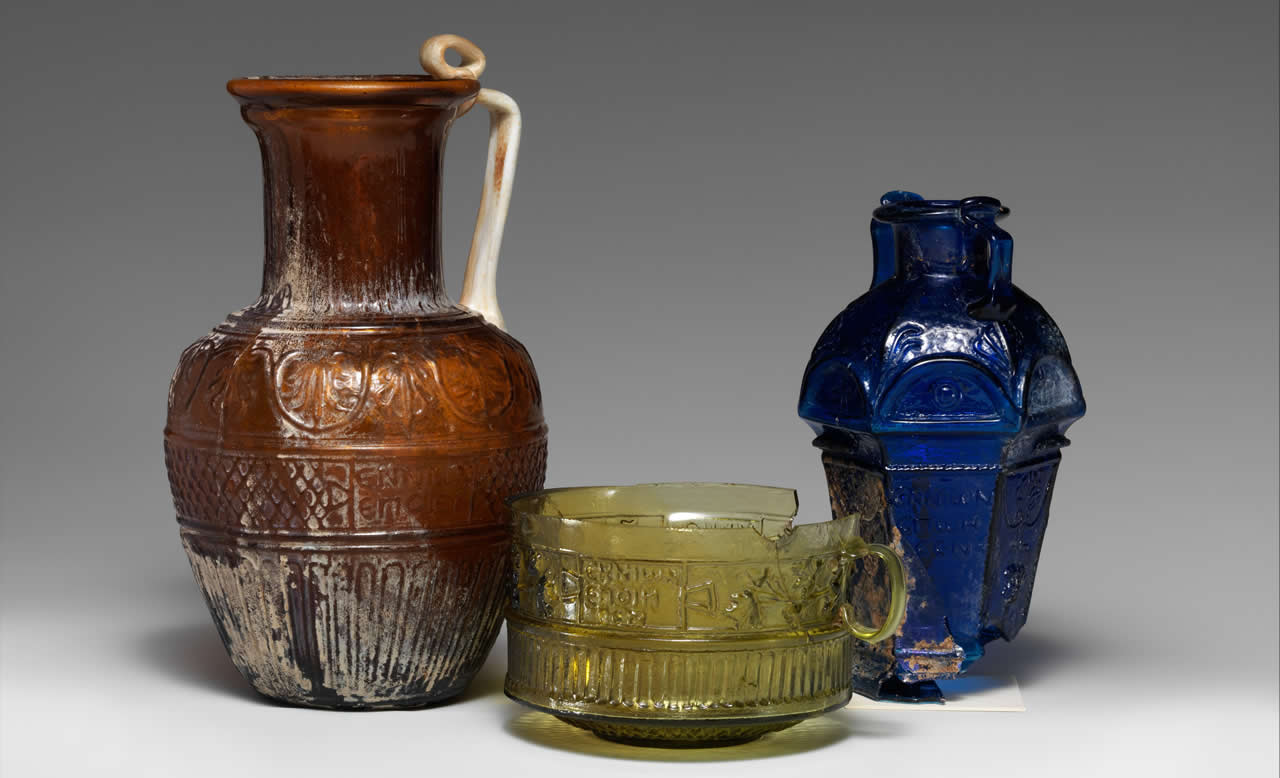


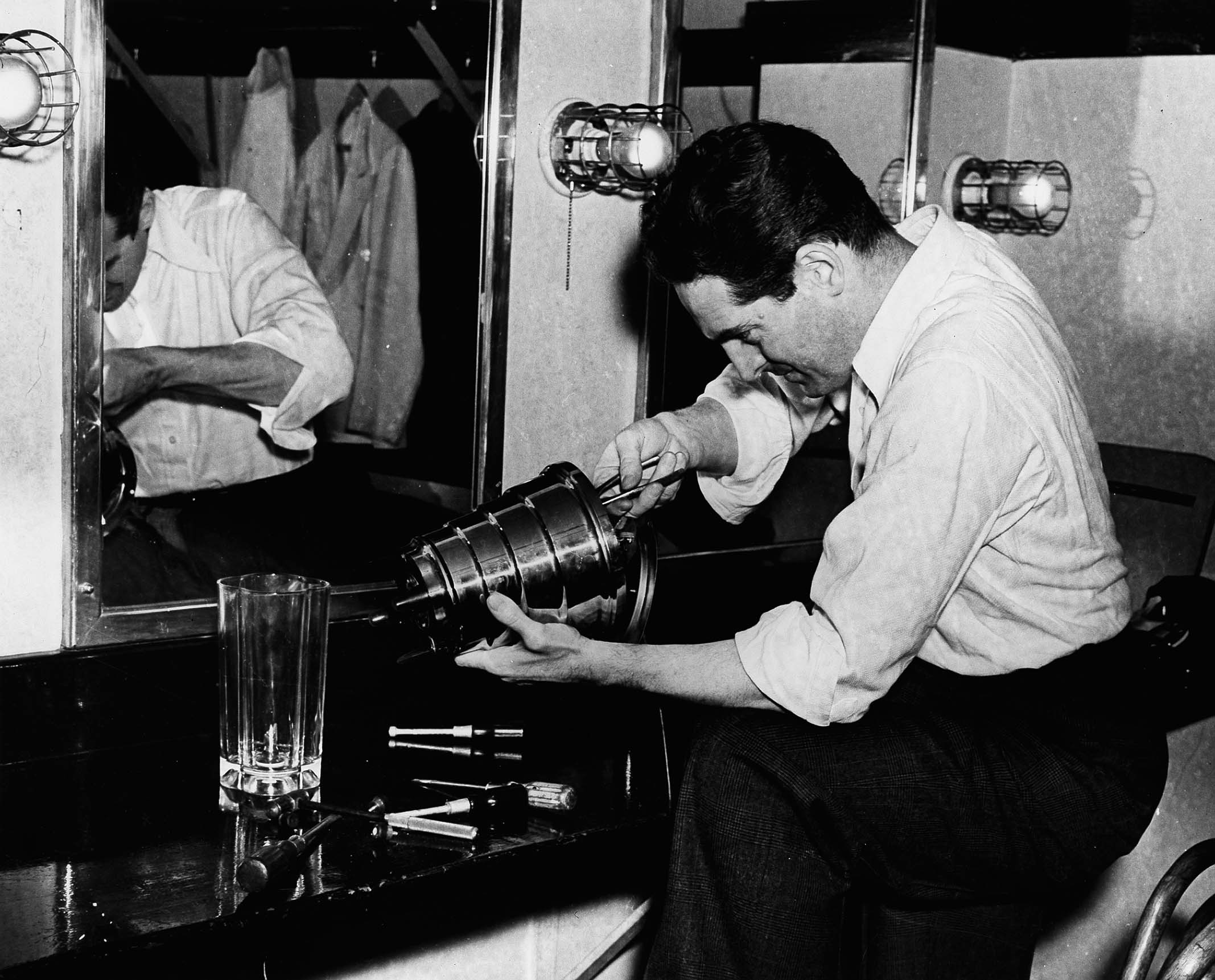

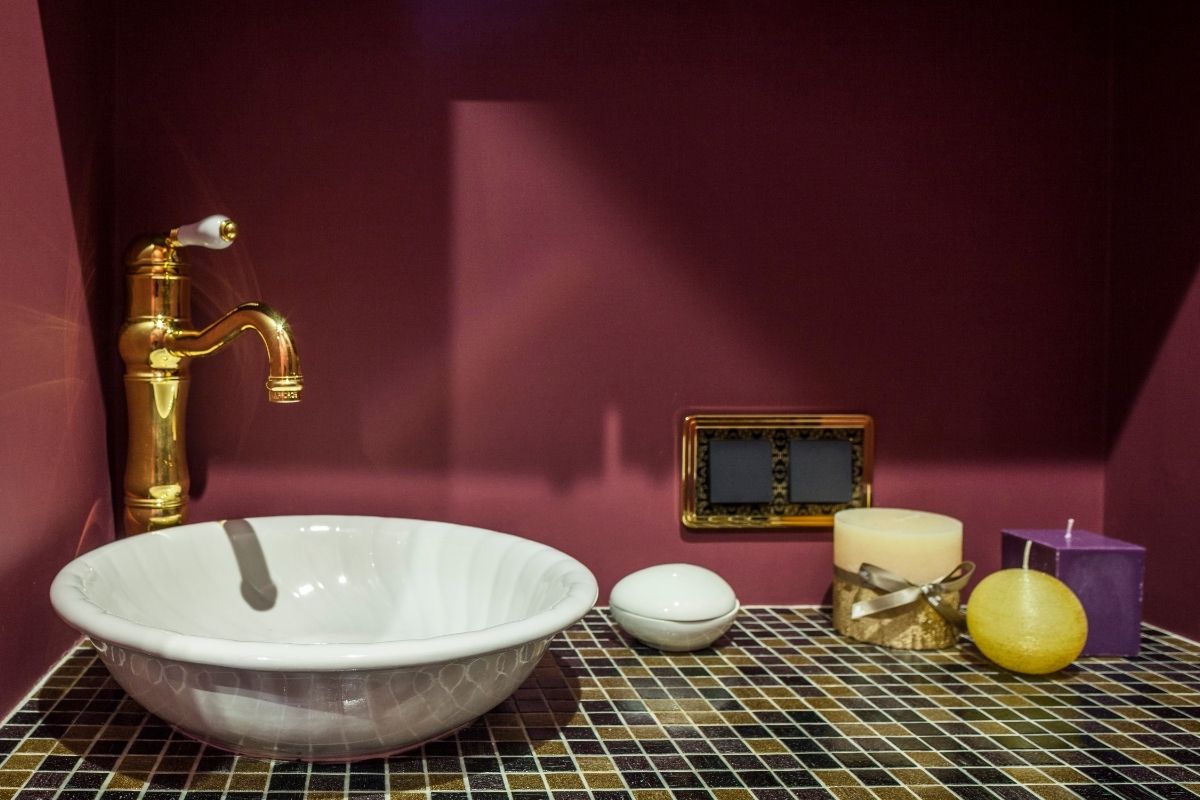

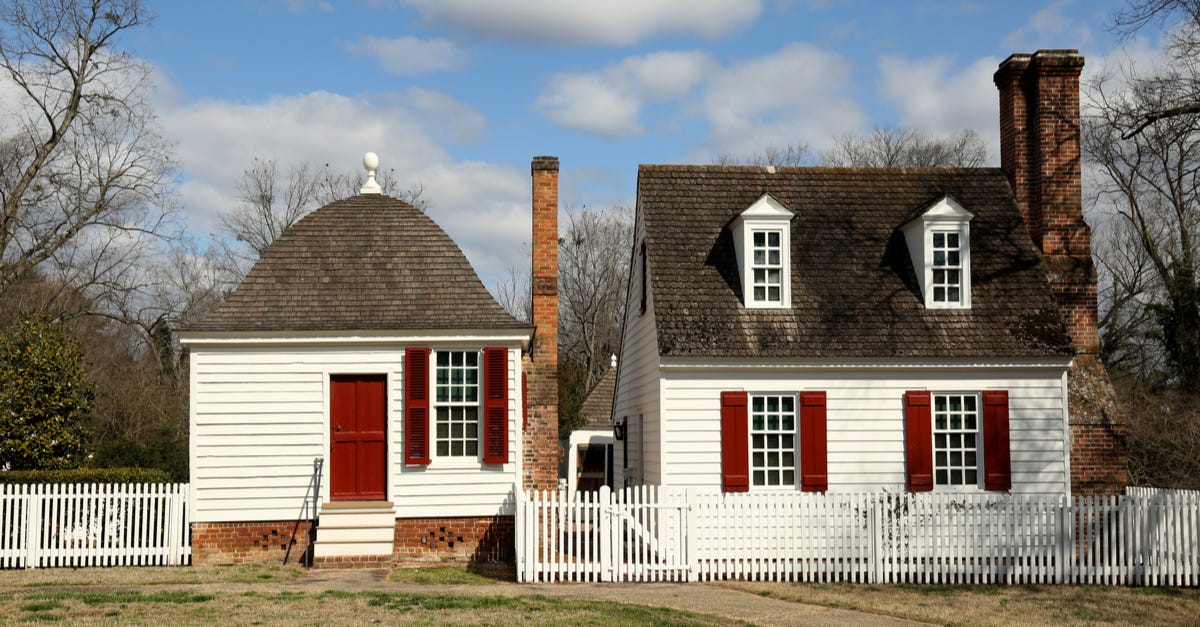




0 thoughts on “When Was Glass Invented”